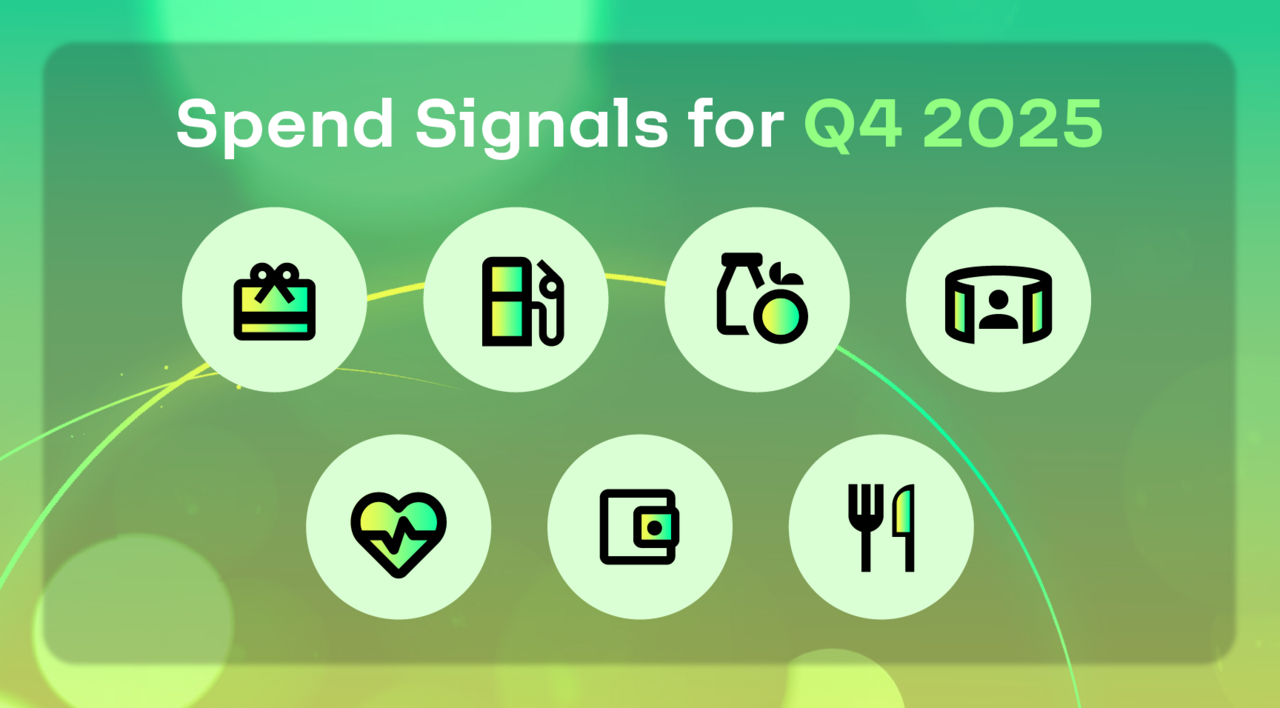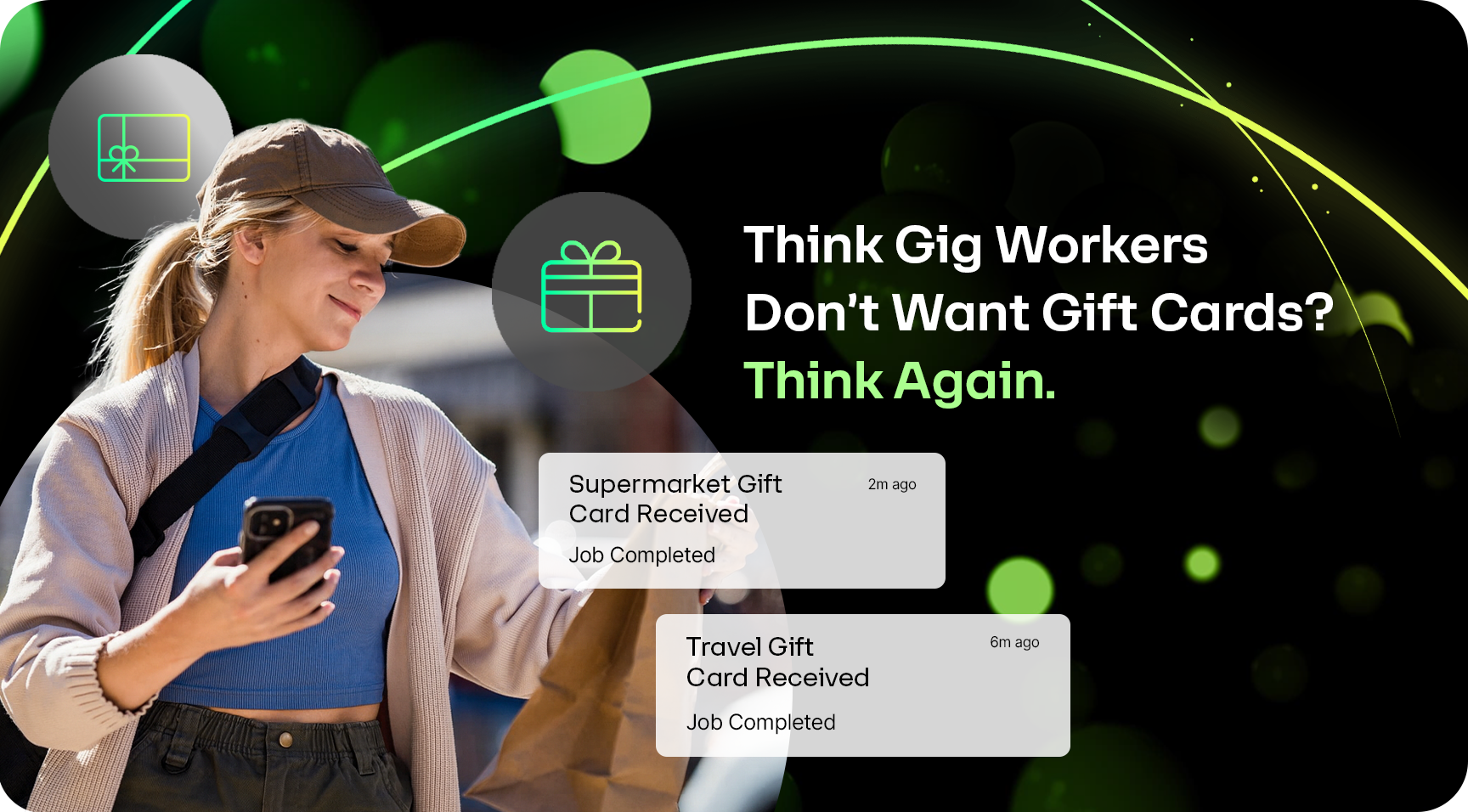The way we move money is changing fast. From barter systems to cash, checks, and cards, payments have always evolved to meet the demands of the moment. Now, digital disbursements are driving the next shift - streamlining how value is exchanged in a world that expects speed, flexibility, and security.
What are digital disbursements?
Digital disbursements are electronic payments sent from one party to another using digital infrastructure. Unlike paper-based methods that involve printing, mailing, or manual entry, digital payments are made in real time (or near real time) through secure, automated channels.
This evolution isn’t just about convenience. Traditional systems are often slow, expensive, and error-prone. Digital disbursements reduce costs, cut processing times, and lower fraud risk. More importantly, they unlock access - reaching people in remote areas or without traditional banking services.
Why does this matter to businesses?
For businesses, digital disbursements are not just a tool - they’re an upgrade to the entire payment delivery system. They enable faster vendor payments, employee reimbursements, gig economy payouts, insurance claims, and customer refunds. And they do this while improving the user experience and reducing overhead.
With electronic payment systems, funds can be delivered across borders, in local currencies, through a range of methods - bank deposits, digital wallets, virtual cards, or mobile payments. This flexibility is critical as businesses scale globally and need to offer faster payments and localized solutions without increasing operational complexity.
The technology powering digital disbursements
Modern digital disbursements rely on a powerful mix of technologies engineered for scale, security, and speed. These innovations enable instant payment and global delivery of funds, seamlessly crossing borders and time zones. At the foundation are advanced encryption protocols and tokenization techniques, critical for protecting sensitive financial data both in transit and at rest-ensuring robust data protection in every transaction.
Artificial intelligence (AI) plays a central role, delivering real time payment fraud prevention. These AI-driven systems scan and learn from massive volumes of transaction data, detecting patterns and anomalies that may signal fraud. This automated vigilance protects businesses and consumers alike. Meanwhile, the integration of the Internet of Things (IoT) is redefining how digital payments are initiated - turning smart appliances, connected cars, and other everyday devices into secure, user-friendly payment endpoints.
Emerging technologies are pushing digital payments even further. Biometric authentication and voice-activated payments are reshaping the user experience with both enhanced security and convenience. Fingerprint and facial recognition technologies eliminate the need for passwords or PINs, making transactions quicker and safer. Voice commands add another intuitive, hands-free method of authorizing digital payments. Together, these technologies form a secure, real time payment ecosystem that is fast, global, and fortified with layers of intelligent security.
The limitations of legacy payment infrastructure
Despite the rapid progress in modernizing payments, many organizations remain constrained by legacy payment infrastructure. These traditional systems, often built decades ago, weren’t designed to support the instant payment expectations of today’s digital-first economy. Batch processing, common in older systems, introduces delays that hinder cash flow and lead to frustration on both sides of a transaction.
Legacy systems also drive up costs due to manual workflows, outdated processes, and the lack of automation. Their rigidity makes adopting new digital payments technologies, such as virtual cards and mobile wallets, difficult, delaying innovation and competitive agility. Additionally, older systems often fall short on advanced fraud prevention and struggle to comply with evolving data protection standards.
Integration challenges create data silos, obstructing visibility and efficiency across the payment delivery chain. This is why services like FedNow Service emerged - to offer a real time payment infrastructure purpose-built for today’s digital disbursement needs. These solutions are replacing slower payment methods like checks and delayed direct deposit, enabling organizations to modernize payments with confidence.
Staying compliant in a rapidly changing landscape
As digital payments evolve, so do the regulatory frameworks that govern them. Businesses handling digital payouts and focusing on modernization must stay ahead of a growing web of compliance requirements designed to secure financial systems and protect consumers.
Anti-Money Laundering (AML) regulations require constant monitoring and the reporting of suspicious activity - critical for maintaining the integrity of digital payments. In the EU, PSD2 mandates strong customer authentication for electronic payments, adding essential layers of protection. ISO 20022, the global financial messaging standard, facilitates modernizing payments across borders by creating a unified format for payment data.
Compliance is non-negotiable, but it doesn’t have to be a burden. Automating monitoring, maintaining comprehensive audit trails, and choosing payment infrastructure that supports these standards transforms compliance into a competitive advantage. With the expansion of real time payment capabilities and widespread digital payments adoption, staying compliant ensures businesses can grow securely in a fast-moving regulatory landscape.
Real-world use cases
Digital disbursements are redefining how businesses operate, bringing the speed and flexibility of instant payment to industries around the globe.
In the gig economy, platforms now use digital disbursements for real time payments to workers immediately after tasks are completed. This approach fosters loyalty and financial stability for freelancers, replacing outdated processes with direct, real time payment. HR departments increasingly turn to digital disbursements for payroll, bonuses, and reimbursements, eliminating paper checks in favor of fast, secure options like direct deposit and mobile wallets.
Retailers, insurance providers, and financial institutions are also adopting digital disbursements to deliver refunds, claim payouts, and customer incentives faster and with greater transparency. The growing availability of services like the FedNow Service is accelerating this trend by offering a dependable infrastructure for real time payment nationwide.
The results are clear: lower operational costs, faster cash flow, and a dramatically improved user experience. For organizations looking to modernize payments, digital disbursements offer a scalable, future-proof solution that delivers measurable value today.
Meeting evolving customer expectations
Today’s customers expect immediacy. They track packages in real time, order groceries with a tap, and message service providers instantly. The same goes for payments. A slow refund or a delayed gig payout can break trust quickly.
Digital disbursements allow businesses to meet these expectations. Whether it's a direct bank deposit, mobile wallet payment, or virtual card, users can receive funds in the way that suits them best. Real-time notifications and status updates reduce support requests and enhance confidence in the process.
Businesses that offer these flexible, instant payment options stand out. It’s not just about speed - it’s about removing friction at every step.
Overcoming challenges
Despite the advantages, implementing digital disbursements isn't without hurdles. Security is a primary concern, especially as payment systems become more connected and data-rich. Solutions like multi-factor authentication, tokenization, and AI-based monitoring are critical for safeguarding transactions.
Integration can also pose challenges, particularly for organizations with legacy systems. But modern APIs and payment platforms make it easier to plug into digital disbursement infrastructure without overhauling everything at once.
Cross-border payments bring added complexity: currency exchange, varying regulations, and high transaction costs. Technologies like blockchain and networks such as SWIFT GPI or real-time payment systems are reducing these frictions, enabling faster, cheaper, and more transparent global disbursements.
Looking ahead: The future of payout delivery
The future of digital disbursements is being shaped by real-time payment networks like FedNow and the RTP network, which provide always-on, instant settlement in the U.S. Globally, we’ll see greater use of cryptocurrency for specific use cases, particularly cross-border payments where traditional rails are slow or expensive.
Fintechs are continuing to drive innovation, solving pain points in b2b payments, offering new user experiences, and building infrastructure for truly borderless, frictionless money movement.
Shaping future financial experiences
Digital disbursements are more than just a payment method - they’re a critical part of modern financial infrastructure. They help businesses scale, improve customer satisfaction, and stay competitive in a world that’s increasingly digital and on-demand.
Adopting these systems isn’t just forward-thinking - it’s becoming essential. And the organizations that lead in modernizing payment delivery today will be the ones shaping the financial experience of tomorrow.



